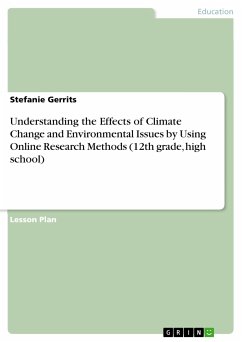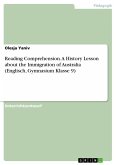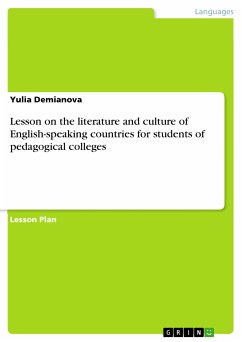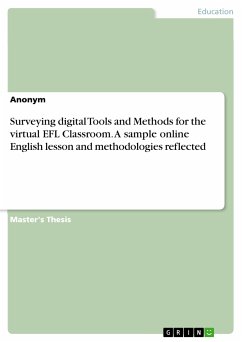Document from the year 2018 in the subject Didactics for the subject English - Literature, Works, grade: 1.3, Christian-Albrechts-University of Kiel (Englisches Seminar), language: English, abstract: This text contains an essay and the schedule for an English lesson (seventh/eighth grade Gymnasium). The author shows how to introduce the graphic novel "The Arrival" by Shaun Tan. This book starts with an essay discussing and interpreting the novel. After this, the author describes how the novel could be dealt with by teachers. This work focuses on one specific graphic novel of Tan. Hence, the term "graphic novel" will be used frequently, thus a definition needs to be given. Until the 1970s, comics were seen as books for young children and youths without any cognitive or literary demands. In 1978, Eisner and Steranko published comic books and called them graphic novel in order to prove that comics too are demanding. In the 1980s, Art Spiegelmann published his controversial graphic novel "Maus I", which deals with his families experience in the Holocaust. Spiegelmanns graphic novel not only supported Eisner and Steranko's efforts, it even managed to enter classrooms as an example of serious literature. According to Monnin, graphic novels are the perfect mix of print-text and image literacy, which makes it easy to have literature suitable for a larger group of students. Since some students are rather verbal-linguistic and others rather visual learners, a graphic novel seems to be a nice arrangement which fits both. This option makes it possible to get more students interested in literature and motivates them to read and to participate in the course. Furthermore, Monnin highlights the importance of this change for teachers. Teachers have the opportunity to change the conservative print-text literature school courses into innovative and more creative courses, therewith showing a different feature of literature to the wider society.
Dieser Download kann aus rechtlichen Gründen nur mit Rechnungsadresse in A, B, BG, CY, CZ, D, DK, EW, E, FIN, F, GR, HR, H, IRL, I, LT, L, LR, M, NL, PL, P, R, S, SLO, SK ausgeliefert werden.









